Powdery mildew, also known as white sicknessis a fungal disease that can also affect cultivated pepper plants in the ground or in pots, causing serious problems for fans of this crop. As we have seen in the past, this fearsome problem affects plants of all kinds and, if left untreated, it is almost always capable of causing devastating damage to the entire crop.
In this article, we’ll explore the characteristics of powdery mildew on peppers, the damage it can cause, and the preventative steps you can take to protect your plants.
Characteristics of powdery mildew on peppers
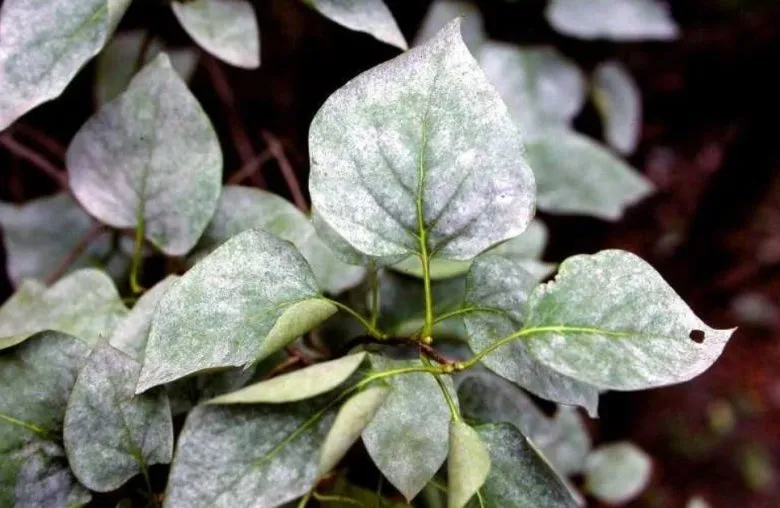
Powdery mildew is an Ascomycete fungus of the family Erysiphales. The pathogens responsible for mildew are microscopic spores not visible to the naked eye, capable of attacking different species of plants, such as zuchinisl- ħajja l- sage and, of course, the chilli pepper.
The visual manifestation of powdery mildew is a whitish patina that covers the leaves, stems and even the fruits of the plant. This disease develops in conditions of high humidity and moderate temperatures, between 20 and 27 °C, therefore typically in spring or autumn.
The damage caused by powdery mildew on peppers
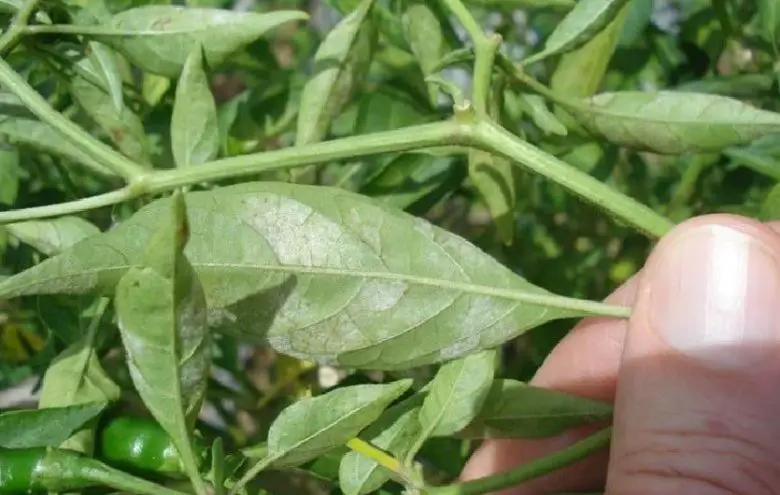
The presence of powdery mildew seriously compromises the health and correct development of the pepper plants. Affected leaves display powdery white spots, which can rapidly spread to all vegetation. This determines the lack of circulation of vital lymph in the plant, which inevitably undergoes deterioration, with leaves and branches that turn yellow and dry. When the blight attack is late it can affect the fruits, or our beloved peppers. These deteriorate, lose quality and often rot on the plant itself. If the attack is serious, they are no longer edible, let alone marketable.
How to prevent white sickness on chilli?
Preventing powdery mildew on peppers requires the adoption of some preventive agronomic measures. So let’s see some useful tips:
- First make sure that the pepper plants have enough space between them to allow for air circulation. This helps to reduce humidity and prevent the formation of favorable conditions for powdery mildew. In practice, you have to pay attention to the planting layout, planting the peppers at the right distance, leaving at least 30-40 cm between one plant and another. Among other things, this trick helps the correct growth of the seedlings, which, enjoying greater luminosity, branch out better and produce more fruit.
- Secondly, avoid excess watering and the accumulation of moisture on the leaves of the pepper. It is better to water on the ground, avoiding wetting the leaves and fruits, therefore preferring sistemi ta 'irrigazzjoni bit-taqtir .
- In the prevention of the disease it is also essential to regularly inspect the pepper plants to promptly identify the signs of powdery mildew, or the first white and powdery specks. The first thing to do is remove infected leaves or affected fruit to avoid spreading the disease. Then you can intervene with specific anti-powdery treatments, let’s see what they are.
What are the organic treatments against chilli powdery mildew?
Luckily there are several i remedies permitted in organic farming which can be used against snow sickness on chilli peppers. At home, the easiest to use is the bikarbonat tas-sodju , which, diluted in water at a dose of 10 g per 1 litre, can be sprayed on the leaves as a preventive measure. The sodium bicarbonate on the leaf blade creates a hostile environment for the pathogenic fungus, which therefore does not take root. It is important to carry out the treatments with bicarbonate in the evening and never with the sun.
Another very effective organic remedy against powdery mildew is the bikarbonat tal-potassju , very well tolerated by plants as it is less aggressive than sodium bicarbonate. Potassium bicarbonate is also used preventively with repeated treatments, or when the conditions in the environment are favorable for the onset of the disease (mild temperatures and high humidity).
For professional crops it often comes used sulfur , the most classic antioidic. Sulfur, in powder or liquid formulations, as well as preventively, can also be used at the first signs of illness, i.e. in the presence of the first white spots, in a curative way.
If you choose powdered sulfur you must use a special sulphurizer. Hawnhekk għandek issib għażla ta ' sulfur products. For correct use, follow the instructions on the product label.

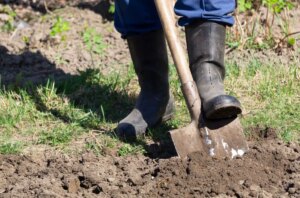
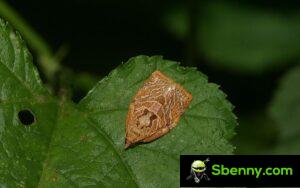
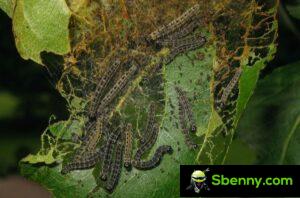
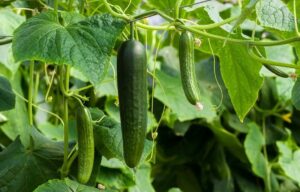
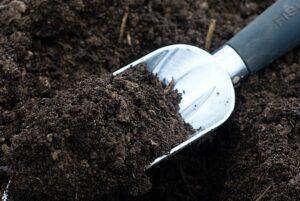
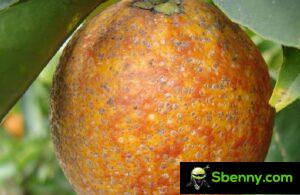
Ibda Thread ġdid